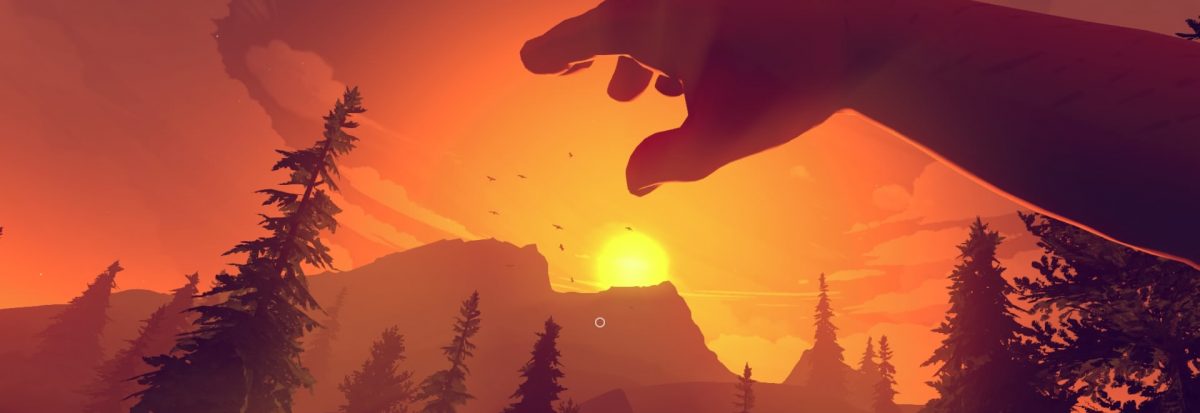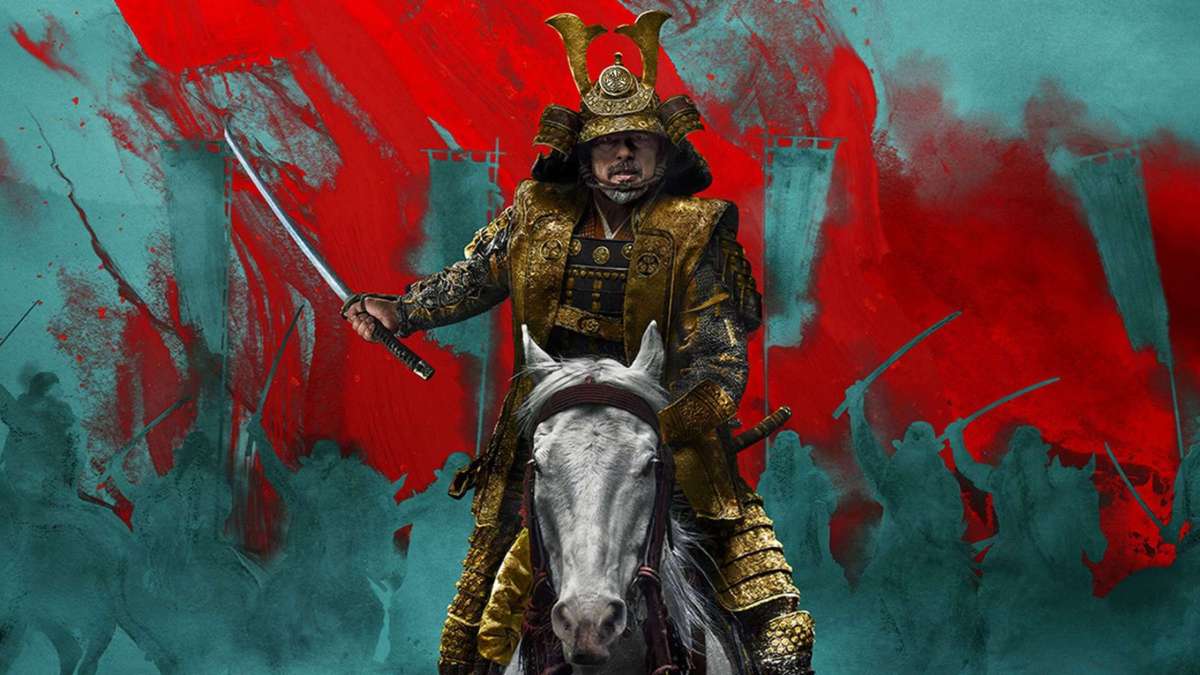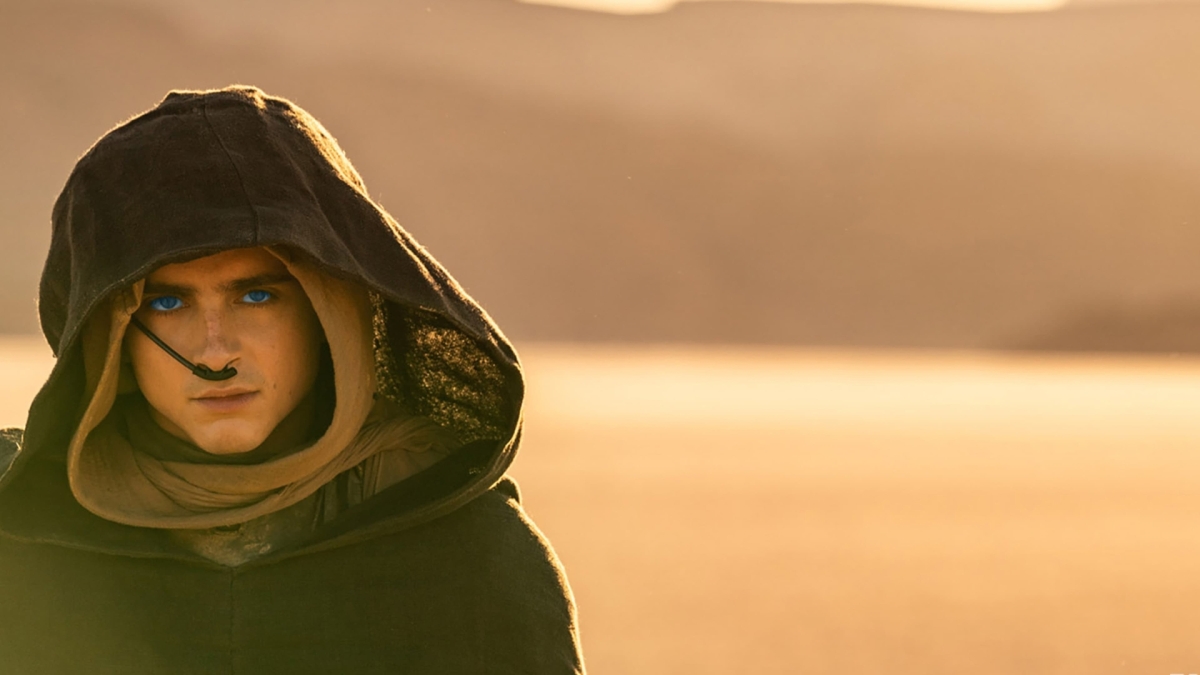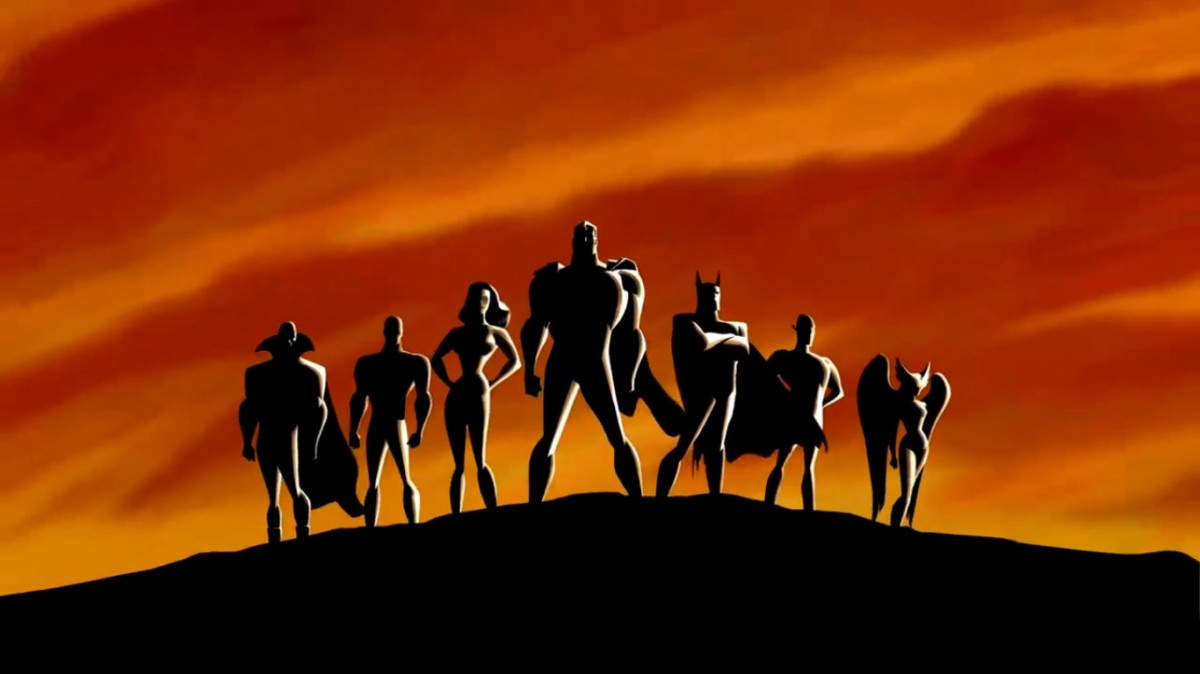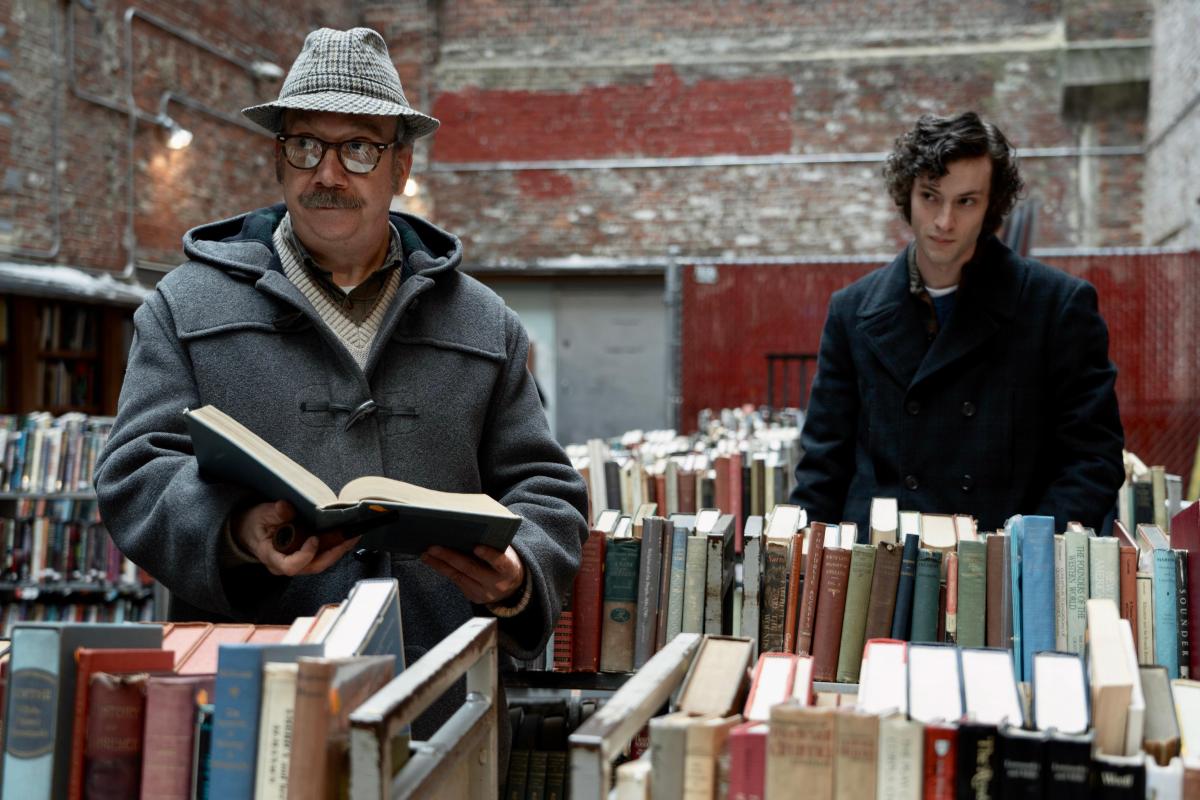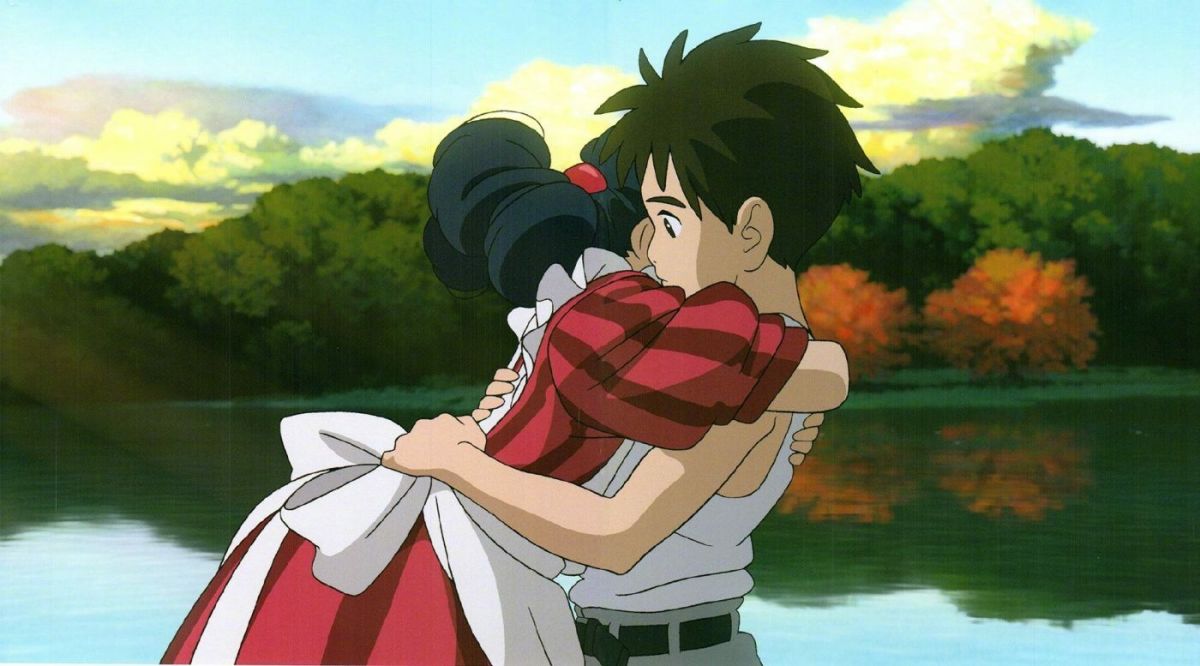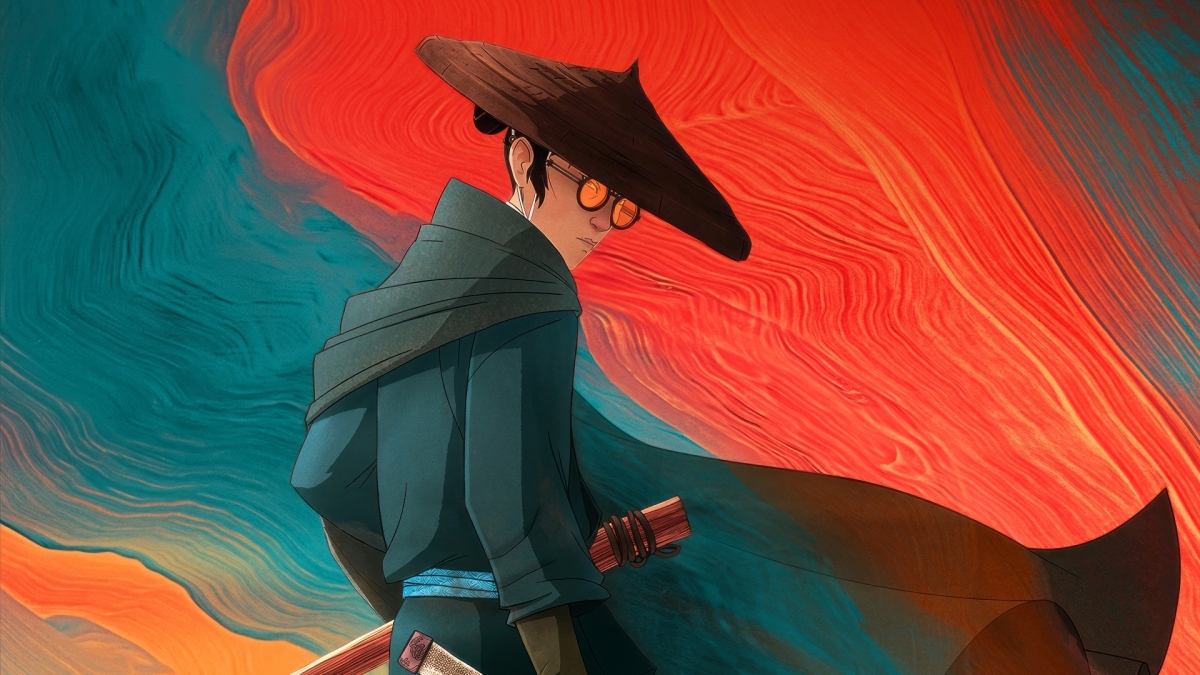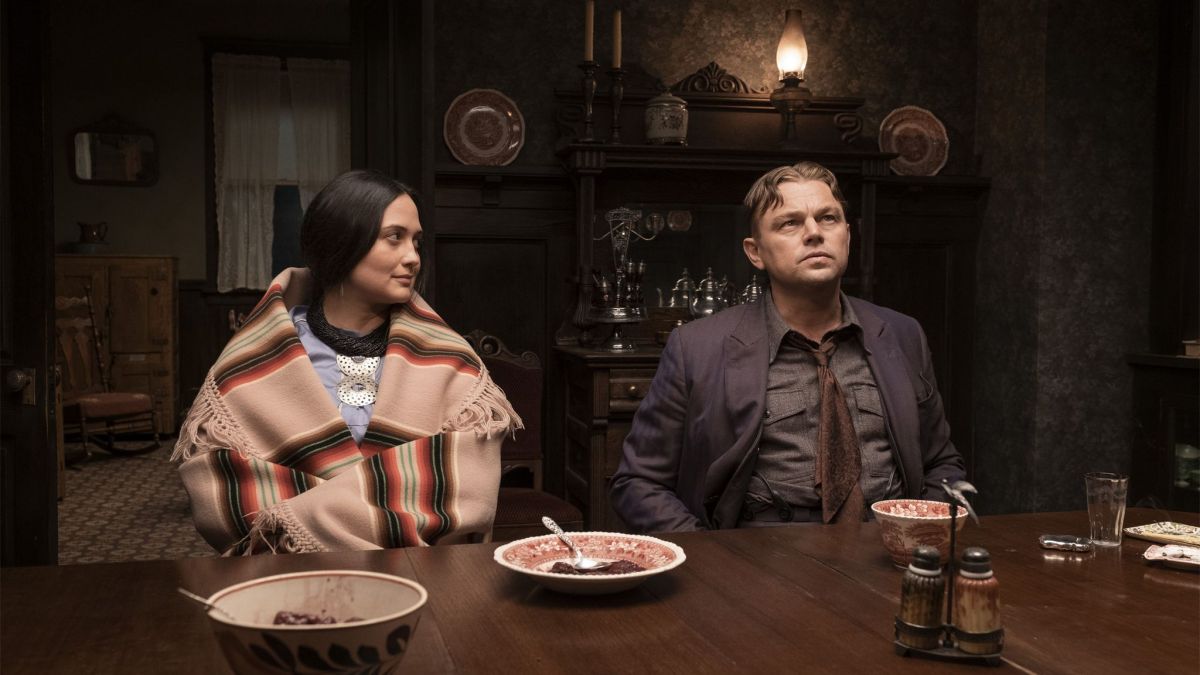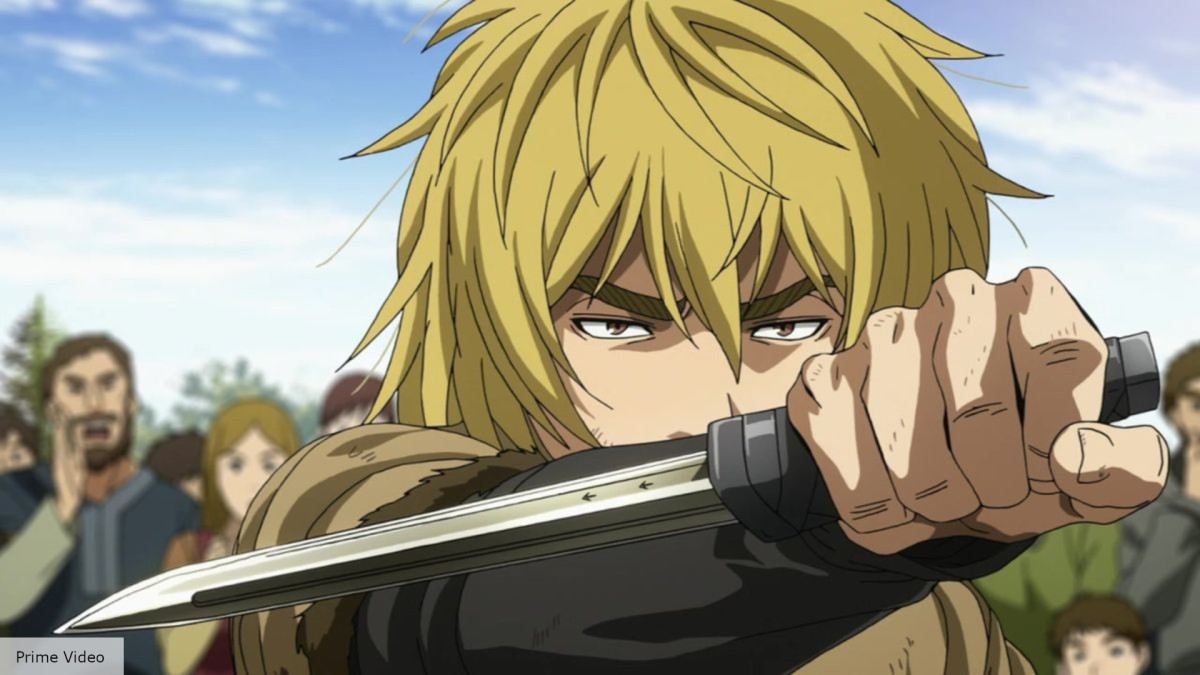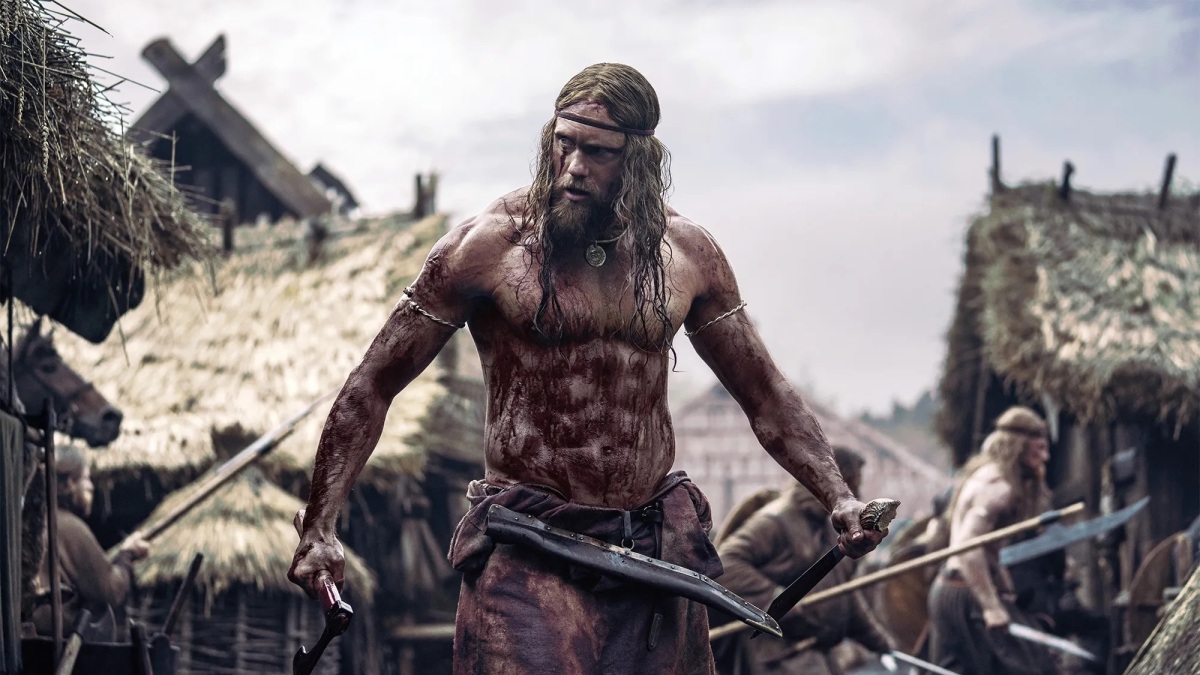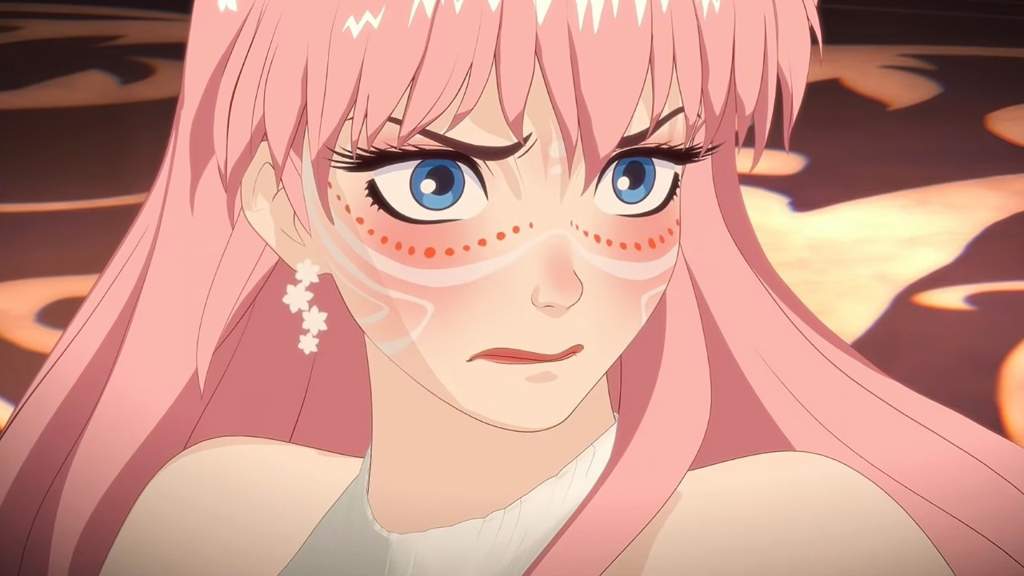Schemes and dreams rattle castle halls. A siege of whispered manipulations and two-tongued treachery drown out amity in favour of authority, culminating in a crimson sky ablaze with violence and death. This is the double-edged blade of power and survival laid bare. This is Shogun.
Shogun fictionalises true events in Japan’s storied shogunate history by depicting the cultural, political and bloody clashes between Western and Japanese powerbrokers. English sailor John Blackthorne is shipwrecked upon Japan’s shores, landing at the doorstep of Lord Torunaga. With hostile agendas encircling both men, Torunaga and his compatriots form a shrewd alliance of preservation with John to stave off other feudal lords from encroaching usurpation.
Shogun asks us what can one’s own purpose hold within the machinations of honour? A slave to another’s fate, or a life of meaning?
Head-locking large swathes of fans at each episode’s premiere, Shogun from its first episode sees almost every character with notable screentime eventually cross paths in a larger intertwining saga. Trivial interactions blossom into multi-faceted feuds. Each character sees everyone else as chess pieces to move around for their own gain. A tactical game at the razor’s edge of demise.
This is especially true in how Shogun boldly subverts the Japanese sense of honour as both an act of duty and a ploy of warfare. For instance, the feudal touchstone of seppuku (ritual suicide) still maintains its reputation of accepting one’s own failure of fulfilling their purpose, but simultaneously these individual self-sacrifices drive a larger role of serving their master’s plan. One purpose is failed to succeed the other, a testament to the underrated cunningness of Japanese stratagems where something as culturally divine as Japanese honour can be both respected and manipulated.
Shogun’s layered cast of characters helps ease us into its thematic complexities. Hiroyuki Sanada and Anna Sawai masterfully portray subdued strength underlying determination and heart, while Cosmo Jarvis and Tadanobu Asano masquerade personal aspirations as controlled rambunctiousness.
Shogun asks us what can one’s own purpose hold within the machinations of honour? A slave to another’s fate, or a life of meaning? Shogun tells us it’s both, and it was never your choice.

